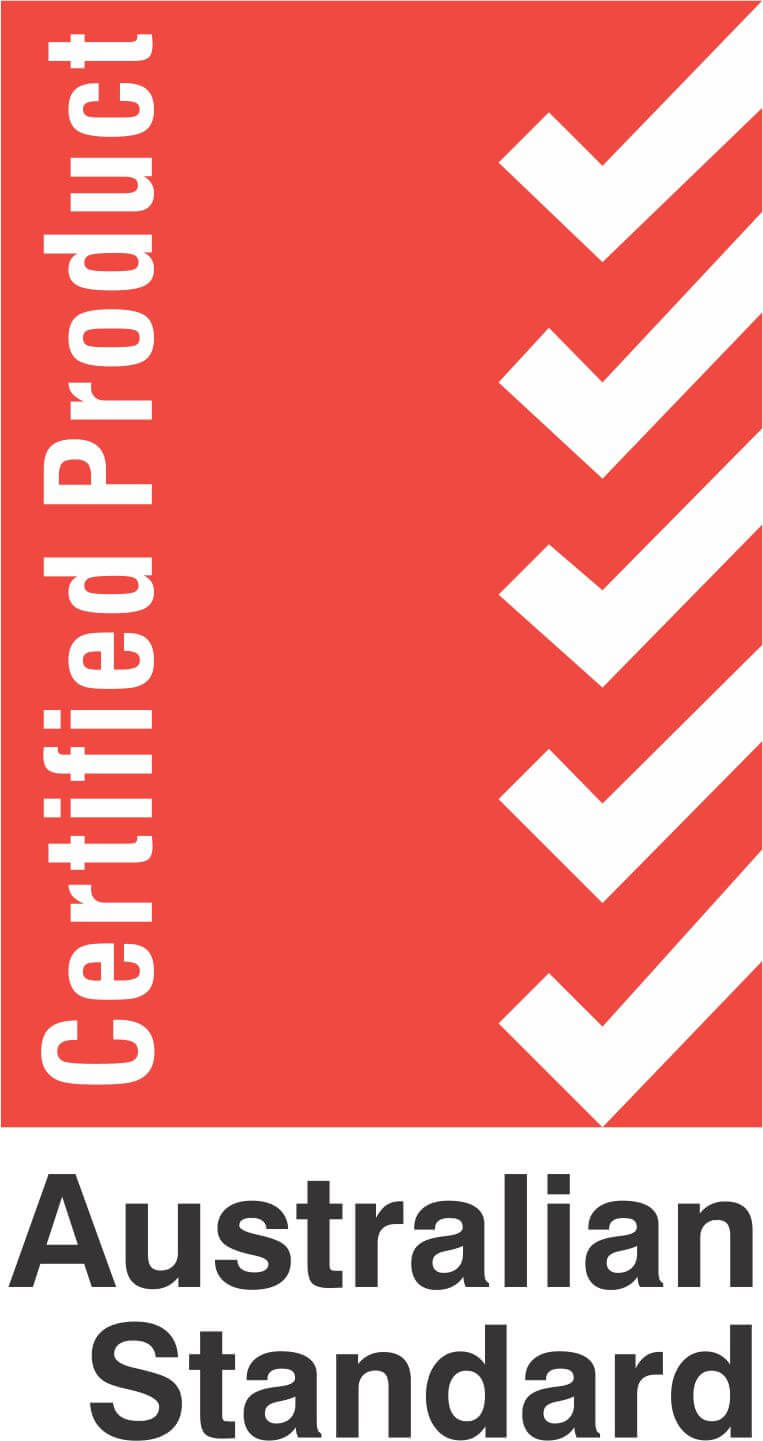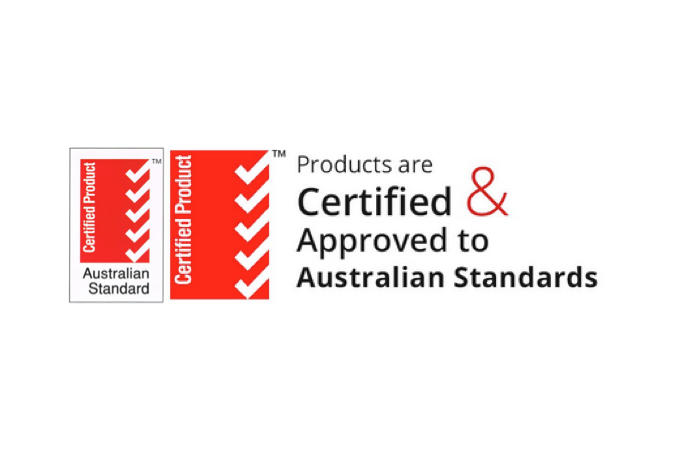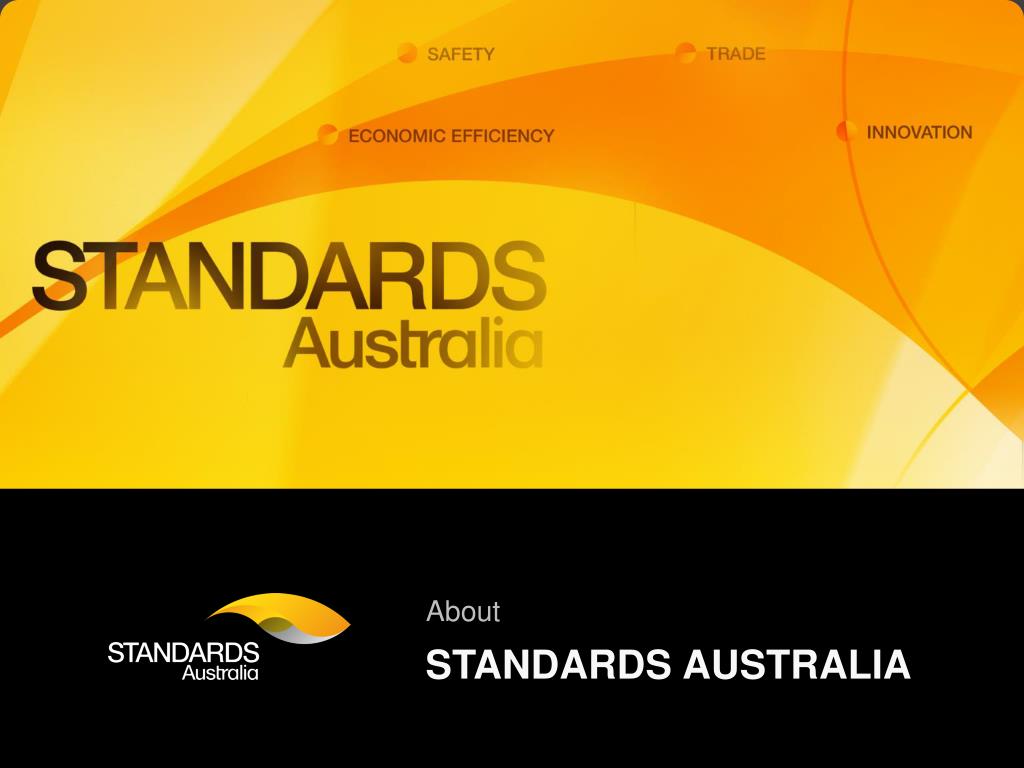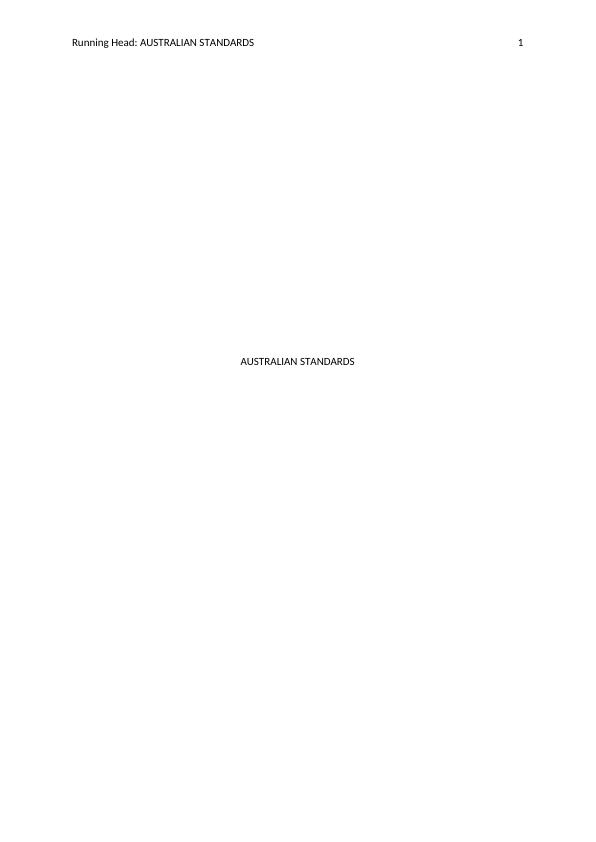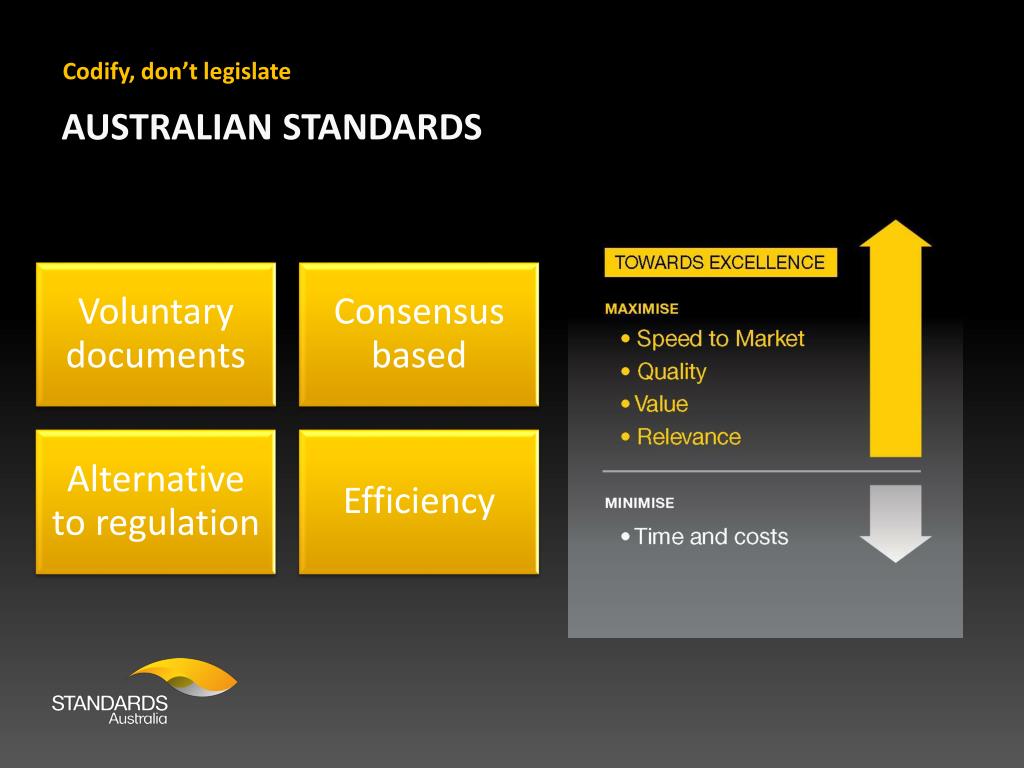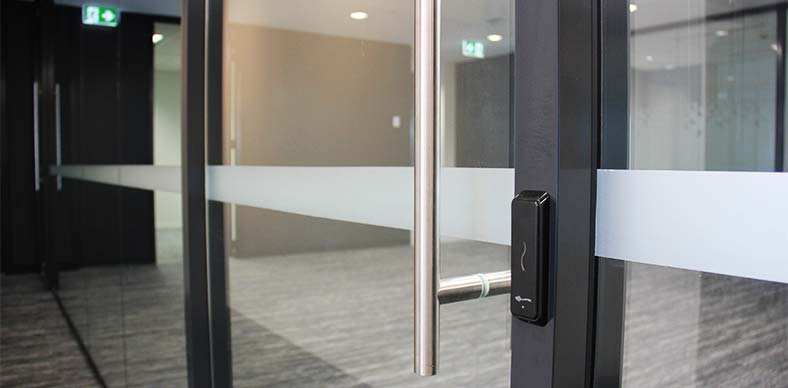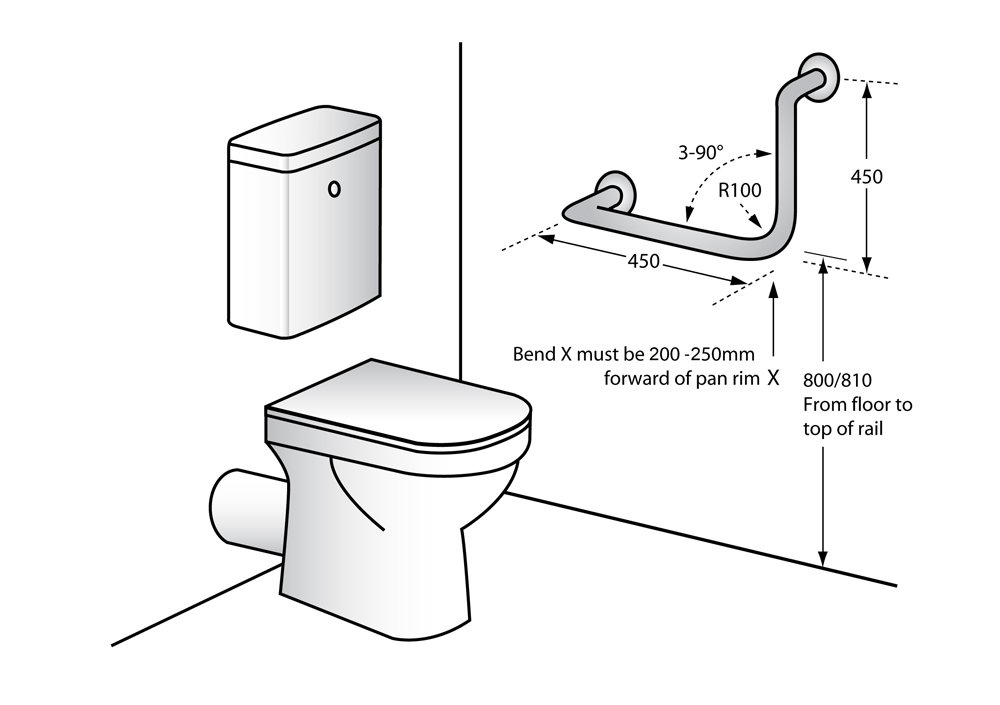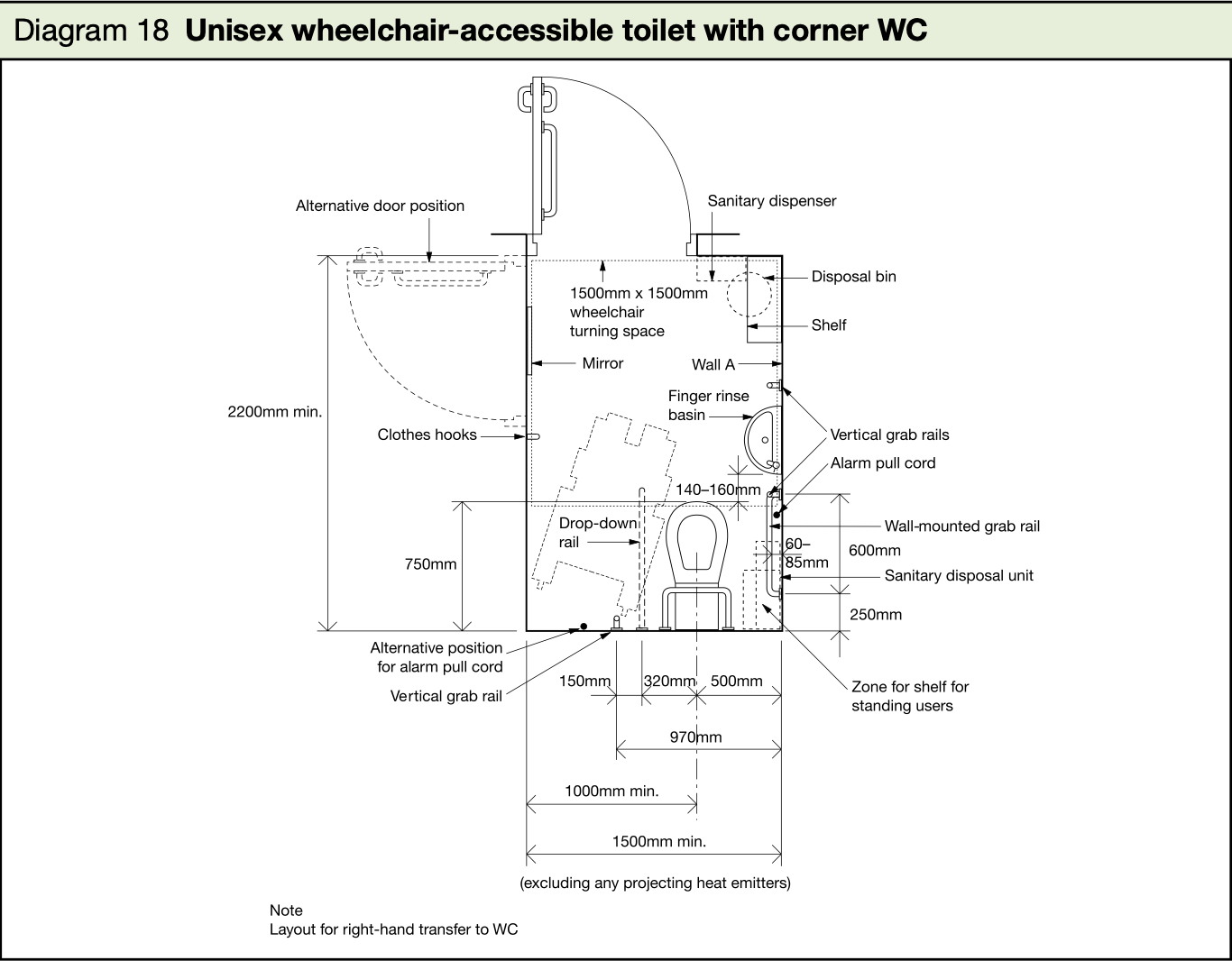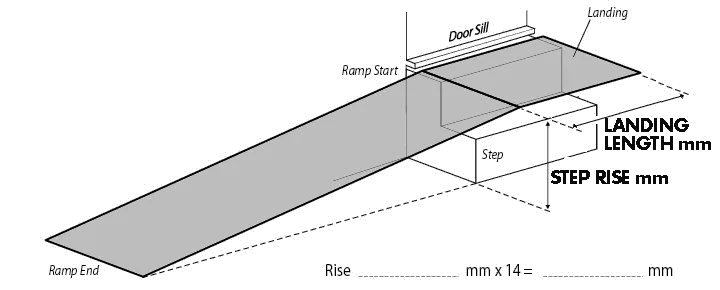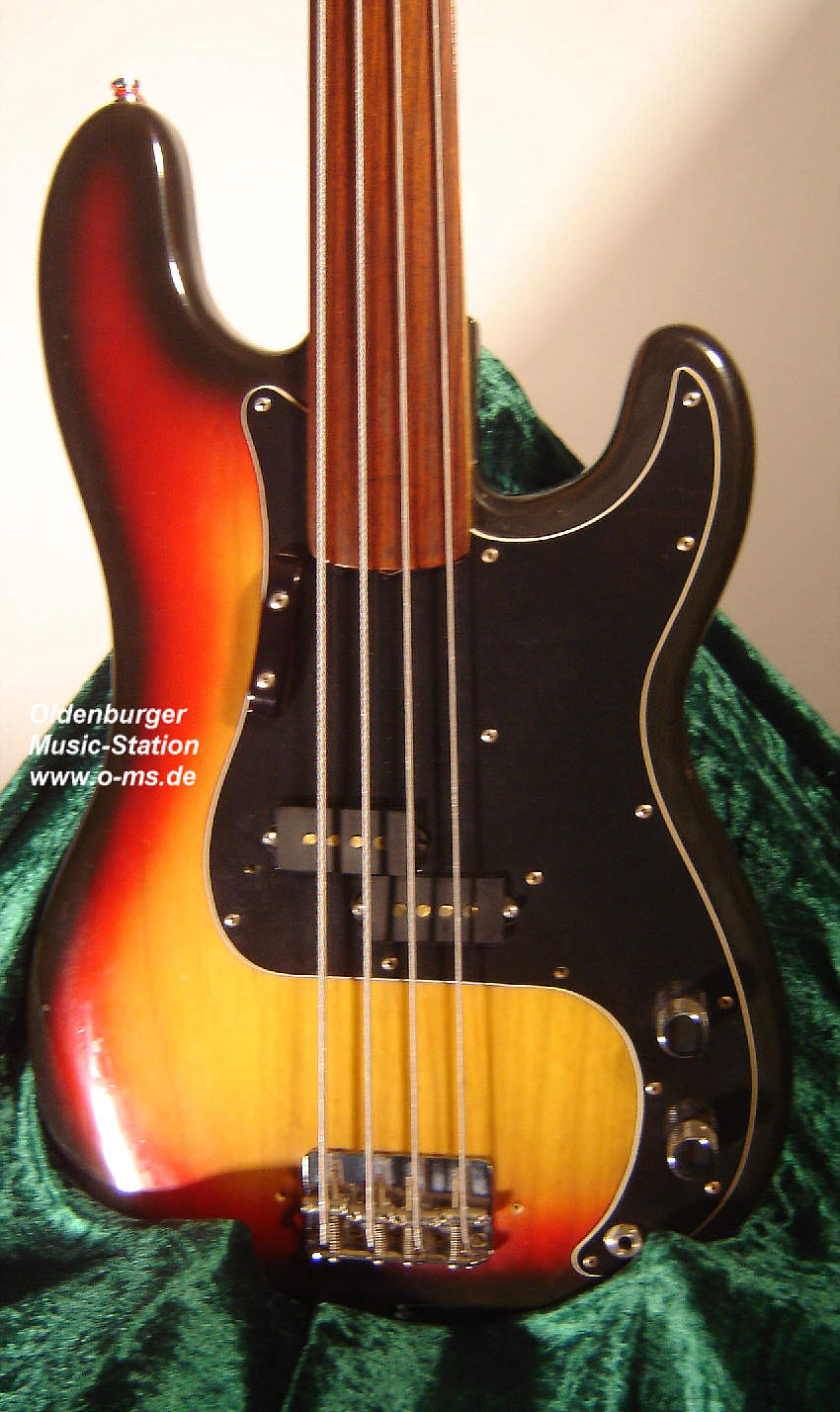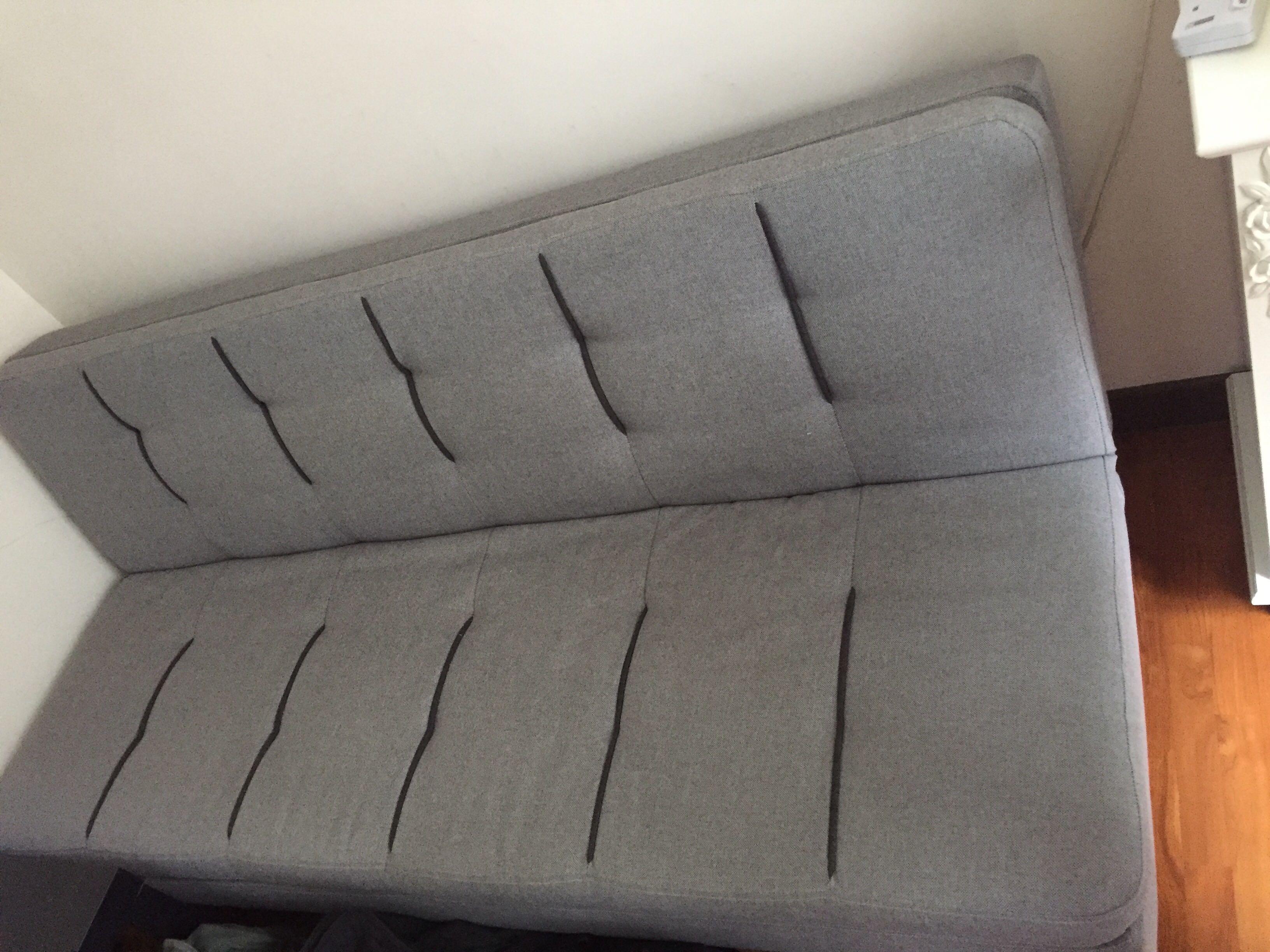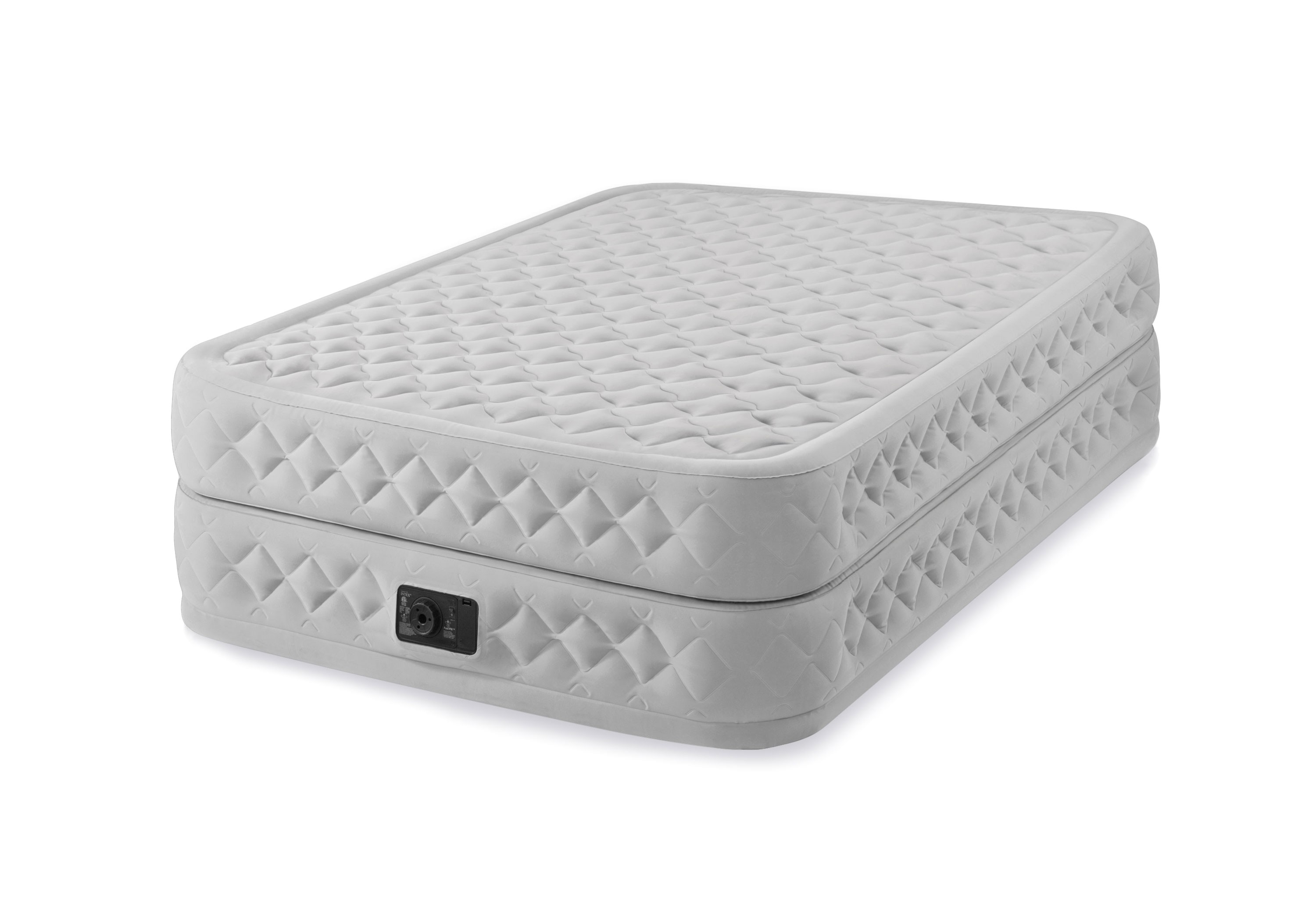Standards Australia
Standards Australia is an independent, not-for-profit organization that develops and maintains standards for a wide range of industries in Australia. These standards are used to ensure safety, quality, and consistency across different products and services, including kitchen design. As such, any kitchen design in Australia should comply with these standards to meet the expectations of safety, functionality, and accessibility.
Australian Standards
In Australia, the standard for kitchen design is AS 4386:2019. This standard covers all aspects of kitchen design, including layout, materials, and fittings. It is crucial for designers, builders, and homeowners to be familiar with this standard to ensure that their kitchen design meets the required standards and provides a safe and functional space.
AS 4386:2019
This standard specifies the requirements for the design, construction, and installation of domestic kitchens in Australia. It covers aspects such as ergonomics, accessibility, lighting, ventilation, and storage, among others. It also provides guidelines for the selection of materials and fittings to ensure durability, safety, and ease of maintenance.
AS 1428.1:2009
This standard focuses on providing access for people with disabilities in buildings, including kitchens. It covers areas such as clearances, door widths, and accessible fittings. This standard is essential to ensure that all individuals, regardless of their physical abilities, can use and access a kitchen safely and comfortably.
AS 1428.2:1992
AS 1428.2:1992 is an older standard that provides specific requirements for kitchen fittings and fixtures for people with disabilities. It covers features such as accessible benchtops, sinks, and appliances, among others. While this standard has been superseded by AS 1428.1:2009, it is still relevant and important to consider for kitchen design in Australia.
AS 1428.4.1:2009
This standard outlines the requirements for kitchen design in terms of circulation space and clearances for wheelchair users. It covers areas such as turning circles, doorways, and passageways. Compliance with this standard is essential to ensure that wheelchair users can navigate and use a kitchen safely and easily.
AS 1428.4.2:1992
AS 1428.4.2:1992 is another standard that focuses on kitchen design for wheelchair users. It provides guidelines for the design and installation of accessible benchtops, sinks, and appliances. This standard is crucial for creating a functional and safe kitchen for individuals who use wheelchairs or mobility aids.
AS 1428.4.3:2009
This standard specifies the requirements for the design and installation of kitchen joinery for wheelchair users. It covers aspects such as benchtop heights, under-bench storage, and knee clearance. Adhering to this standard is crucial for creating a kitchen that is accessible and functional for individuals with disabilities.
AS 1428.4.4:2009
AS 1428.4.4:2009 outlines the requirements for the design and installation of kitchen appliances, such as ovens, cooktops, and dishwashers, for individuals with disabilities. It covers features such as accessible controls, heights, and clearances. Compliance with this standard is essential to ensure that all users, regardless of their abilities, can safely and easily use kitchen appliances.
AS 1428.4.5:2009
Finally, AS 1428.4.5:2009 provides guidelines for the design and installation of kitchen storage for individuals with disabilities. It covers aspects such as shelving heights, drawer and cabinet handles, and pull-out storage. Adhering to this standard is crucial for creating a functional and accessible kitchen that meets the needs of all users.
In conclusion, kitchen design standards in Australia are essential to ensure that all kitchens are safe, functional, and accessible. It is crucial for designers, builders, and homeowners to be familiar with these standards and incorporate them into their kitchen design to create a space that meets the expectations of quality and safety. By adhering to these standards, we can ensure that all individuals, regardless of their abilities, can use and enjoy a well-designed kitchen in Australia.
Kitchen Design Standards in Australia
Creating a Functional and Stylish Kitchen
 When it comes to designing a kitchen, there are numerous factors to consider such as layout, materials, and budget. However, one aspect that should not be overlooked is adhering to kitchen design standards in Australia. These standards not only ensure a safe and functional kitchen, but also add value and style to your home. With that in mind, let's delve into the key kitchen design standards in Australia that you should keep in mind when planning your dream kitchen.
When it comes to designing a kitchen, there are numerous factors to consider such as layout, materials, and budget. However, one aspect that should not be overlooked is adhering to kitchen design standards in Australia. These standards not only ensure a safe and functional kitchen, but also add value and style to your home. With that in mind, let's delve into the key kitchen design standards in Australia that you should keep in mind when planning your dream kitchen.
Ergonomics and Accessibility
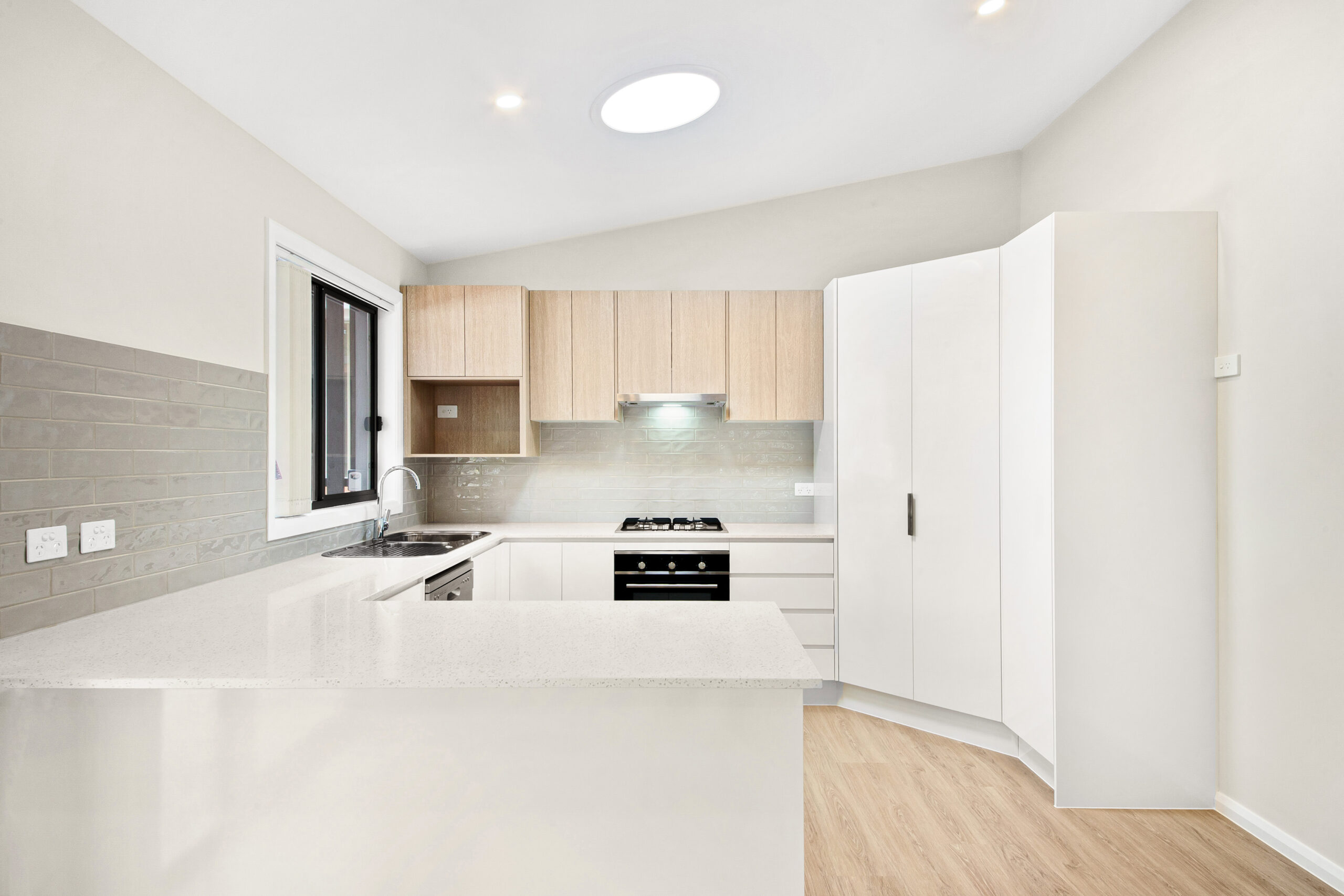 One of the main goals of kitchen design standards in Australia is to create a space that is both ergonomic and accessible. This means designing a kitchen layout that allows for easy movement and functionality while cooking, cleaning, and storing items. The most commonly used areas of the kitchen, such as the sink, stove, and refrigerator, should be within easy reach and not too far apart from each other. Cabinet and drawer handles should also be easy to grip and open, and counter heights should be suitable for all members of the household, including those with disabilities.
One of the main goals of kitchen design standards in Australia is to create a space that is both ergonomic and accessible. This means designing a kitchen layout that allows for easy movement and functionality while cooking, cleaning, and storing items. The most commonly used areas of the kitchen, such as the sink, stove, and refrigerator, should be within easy reach and not too far apart from each other. Cabinet and drawer handles should also be easy to grip and open, and counter heights should be suitable for all members of the household, including those with disabilities.
Safety Measures
 Safety is another crucial aspect of kitchen design standards in Australia. This includes ensuring that all electrical and gas appliances are installed by a licensed professional and meets safety standards. Adequate ventilation is also important to prevent any buildup of harmful gases or fumes. Fire safety measures, such as having a fire extinguisher and smoke detector, should also be in place. Additionally, all kitchen surfaces, including floors, counters, and cabinets, should be made from materials that are durable and easy to clean to prevent any accidents or food contamination.
Safety is another crucial aspect of kitchen design standards in Australia. This includes ensuring that all electrical and gas appliances are installed by a licensed professional and meets safety standards. Adequate ventilation is also important to prevent any buildup of harmful gases or fumes. Fire safety measures, such as having a fire extinguisher and smoke detector, should also be in place. Additionally, all kitchen surfaces, including floors, counters, and cabinets, should be made from materials that are durable and easy to clean to prevent any accidents or food contamination.
Sustainable and Environmentally Friendly Design
 With the increasing focus on sustainability and the environment, kitchen design standards in Australia also incorporate eco-friendly measures. This can include using energy-efficient appliances, incorporating natural lighting, and choosing materials that are sustainable and have a low environmental impact. Proper waste management, such as separate bins for recyclables and compost, should also be considered in the kitchen design process.
With the increasing focus on sustainability and the environment, kitchen design standards in Australia also incorporate eco-friendly measures. This can include using energy-efficient appliances, incorporating natural lighting, and choosing materials that are sustainable and have a low environmental impact. Proper waste management, such as separate bins for recyclables and compost, should also be considered in the kitchen design process.
Design and Aesthetics
 Last but not least, kitchen design standards in Australia also take into account the overall aesthetic appeal of the kitchen. While functionality and safety are essential, the kitchen should also be visually appealing and reflect the homeowner's style. This can include using quality materials, incorporating a cohesive color scheme, and selecting fixtures and fittings that are both functional and stylish.
In conclusion, adhering to kitchen design standards in Australia is crucial in creating a functional, safe, and stylish kitchen. By considering the principles of ergonomics, accessibility, safety, sustainability, and design, you can ensure that your kitchen not only meets industry standards but also adds value and enhances the overall look and feel of your home. So why wait? Start planning your dream kitchen today with these standards in mind.
Last but not least, kitchen design standards in Australia also take into account the overall aesthetic appeal of the kitchen. While functionality and safety are essential, the kitchen should also be visually appealing and reflect the homeowner's style. This can include using quality materials, incorporating a cohesive color scheme, and selecting fixtures and fittings that are both functional and stylish.
In conclusion, adhering to kitchen design standards in Australia is crucial in creating a functional, safe, and stylish kitchen. By considering the principles of ergonomics, accessibility, safety, sustainability, and design, you can ensure that your kitchen not only meets industry standards but also adds value and enhances the overall look and feel of your home. So why wait? Start planning your dream kitchen today with these standards in mind.
